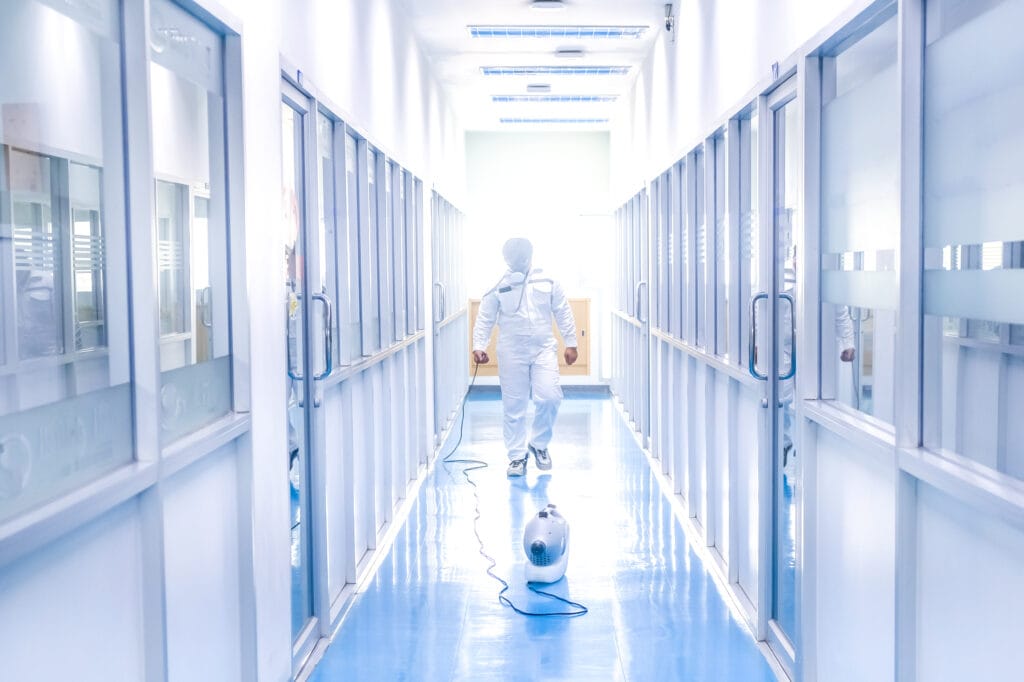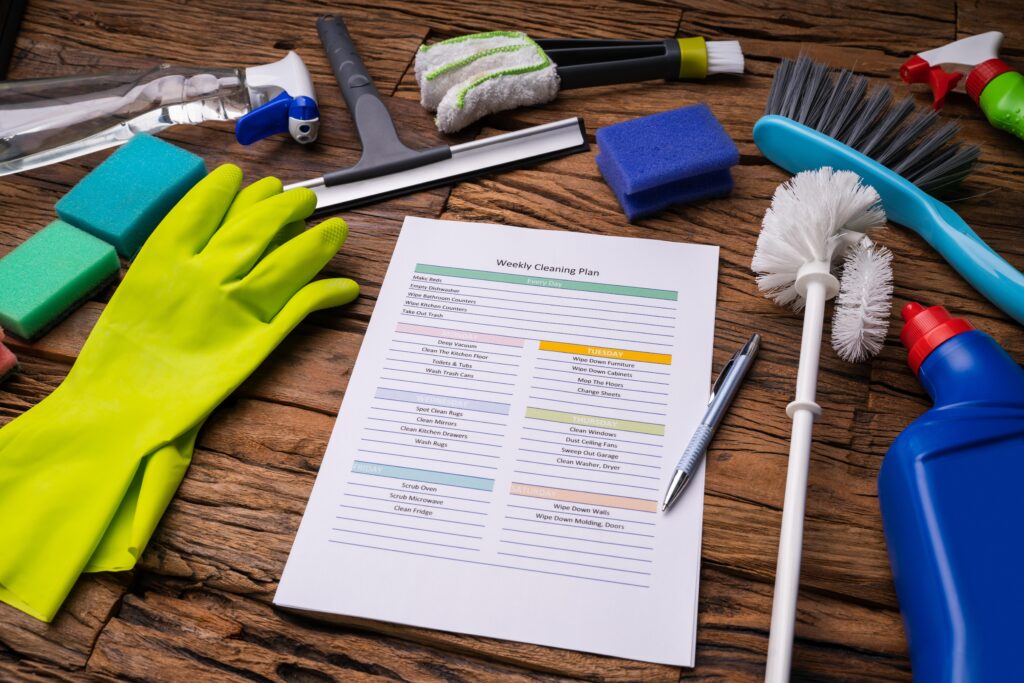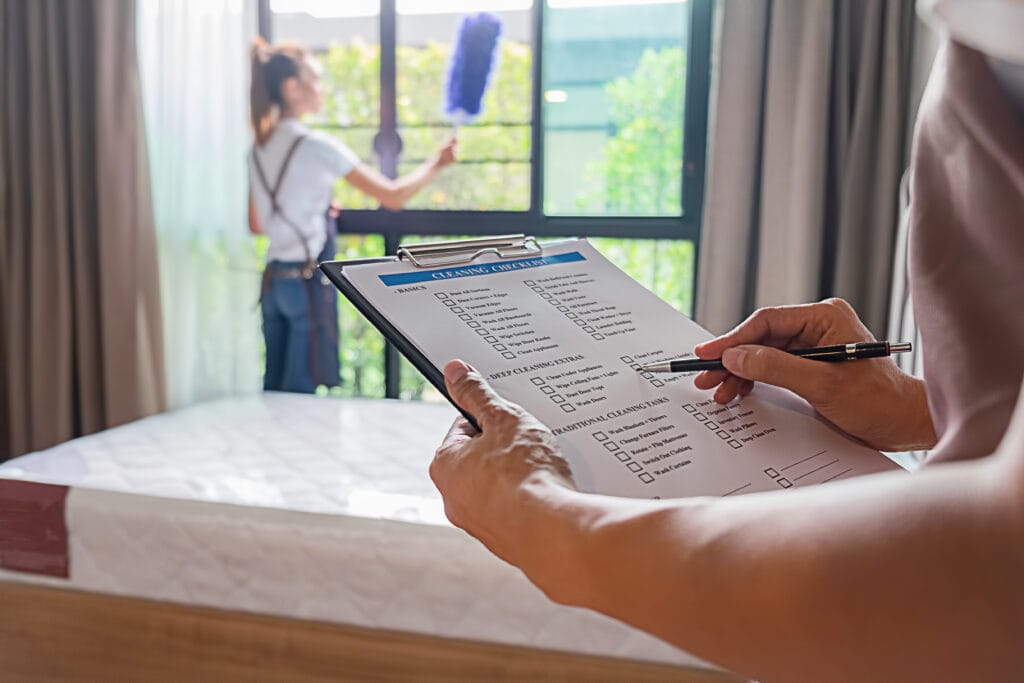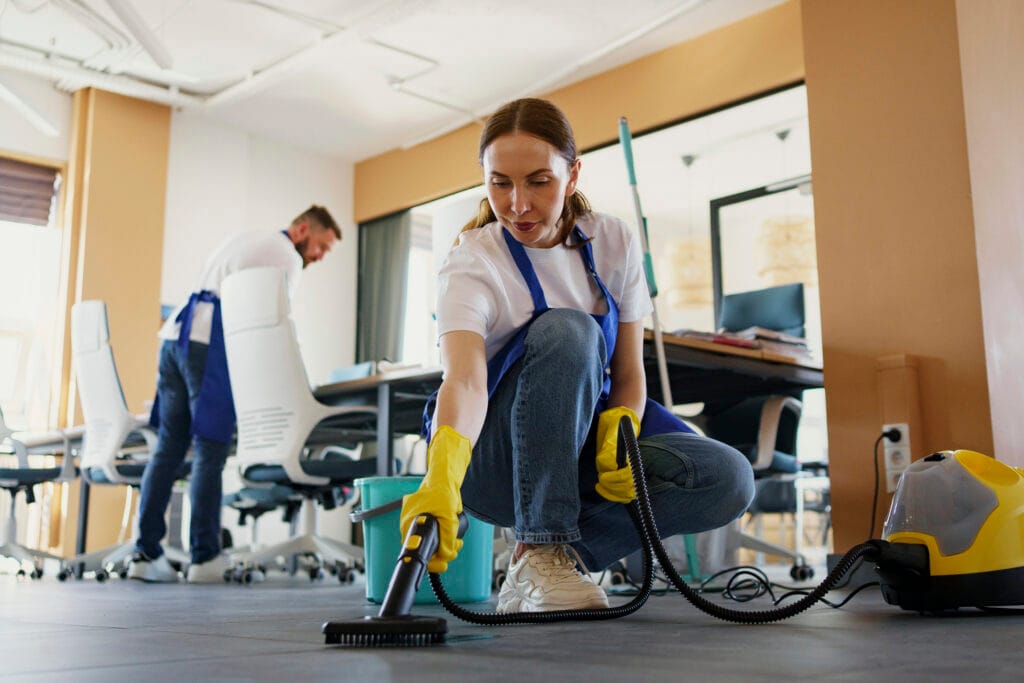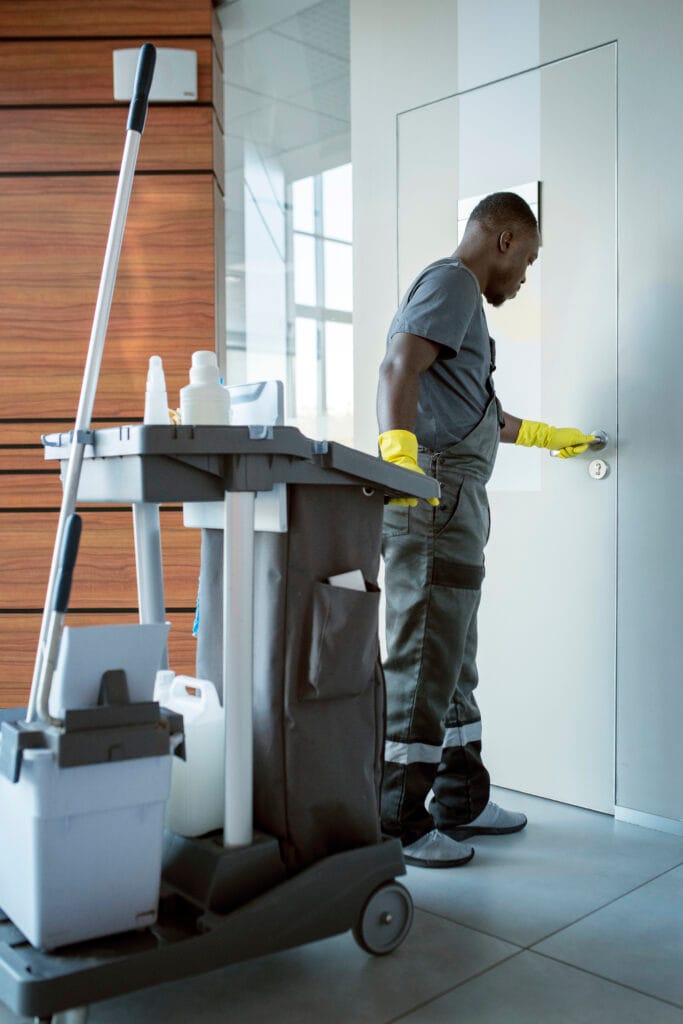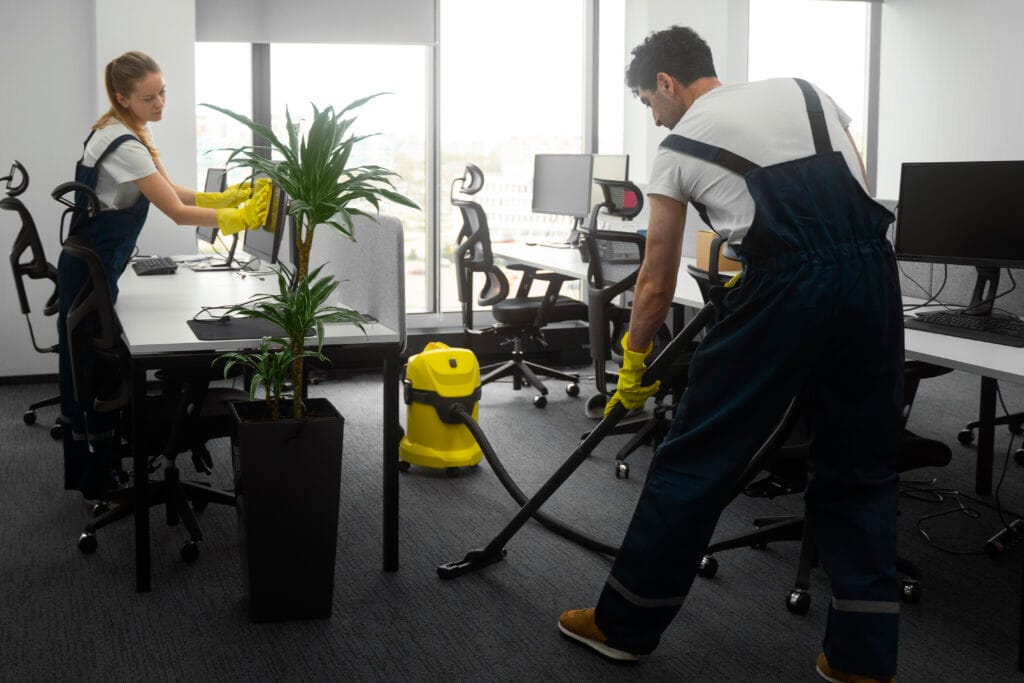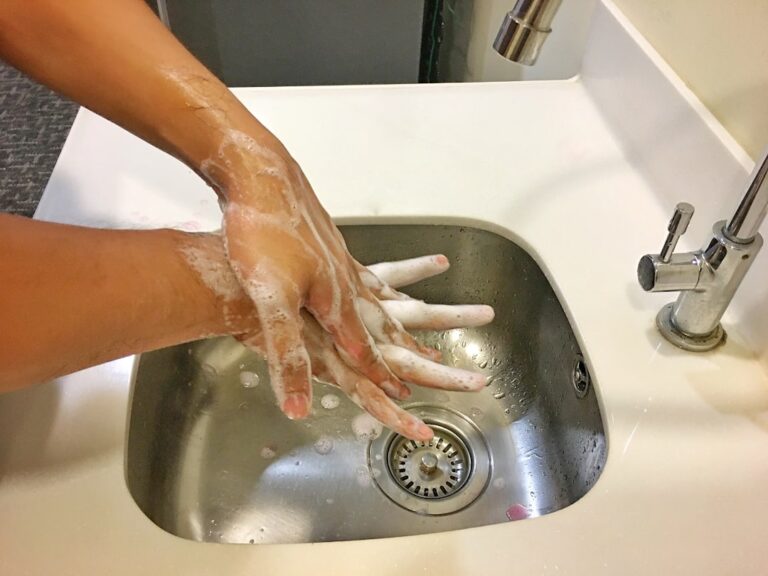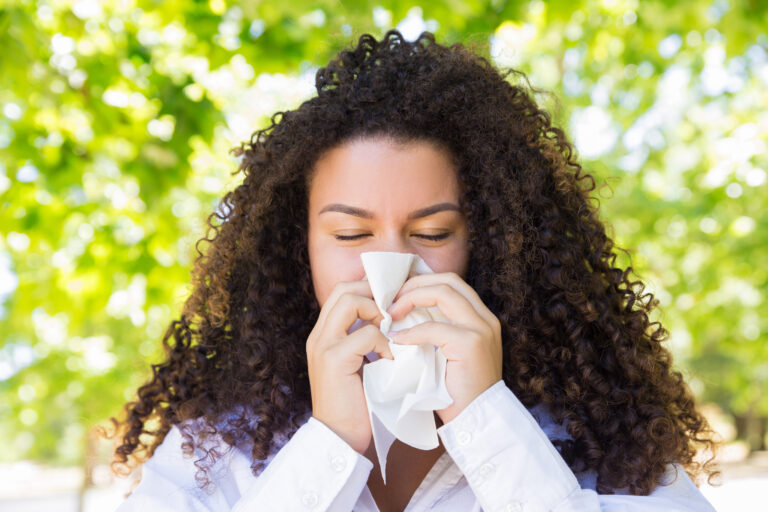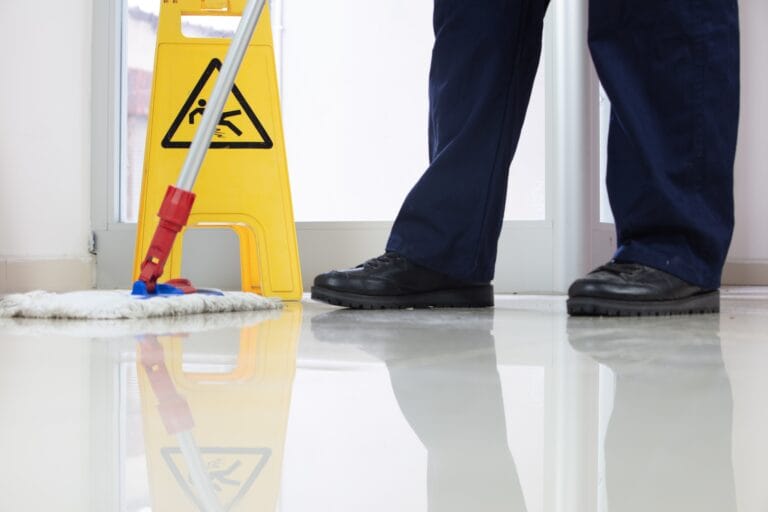Cleanrooms are critical environments where even the slightest contamination can lead to significant consequences. Industries such as pharmaceuticals, biotechnology, and semiconductor manufacturing rely heavily on these controlled spaces to ensure product integrity and safety. The importance of cleanroom janitorial standards cannot be overstated, as they serve as the foundation for maintaining the stringent cleanliness levels required in these specialized environments.
A cleanroom’s effectiveness hinges on its ability to minimize particulate contamination, and this is where janitorial standards play a pivotal role. Establishing and adhering to cleanroom janitorial standards ensures that all cleaning processes are consistent and effective. These standards dictate the methods, materials, and frequency of cleaning tasks, which are essential for maintaining the desired cleanliness levels.
By following these guidelines, organizations can significantly reduce the risk of contamination, thereby protecting both their products and their reputation. Moreover, a well-maintained cleanroom fosters a culture of quality and safety, which is vital for compliance with industry regulations and customer expectations.
Key Takeaways
- Cleanroom janitorial standards are crucial for maintaining a sterile environment and preventing contamination in sensitive industries such as pharmaceuticals and electronics.
- Specific requirements for cleanroom cleaning include using specialized cleaning agents, equipment, and following strict protocols to ensure cleanliness and sterility.
- Cleanroom janitors should undergo training and certification to ensure they understand the unique requirements and protocols for cleanroom cleaning.
- The use of specialized equipment and cleaning agents is essential for achieving the level of cleanliness required in cleanroom environments.
- Adherence to industry regulations and guidelines is necessary to ensure that cleanroom janitorial services meet the standards set by regulatory bodies.
- Documentation and record-keeping are important for tracking cleaning activities, identifying any issues, and demonstrating compliance with cleanroom standards.
- Challenges for cleanroom janitorial services include maintaining sterility, preventing cross-contamination, and following best practices to ensure cleanliness.
- Hiring professional cleanroom janitorial services offers benefits such as expertise in cleanroom cleaning, adherence to standards, and peace of mind for businesses in sensitive industries.
Specific Requirements for Cleanroom Cleaning
The specific requirements for cleanroom cleaning are meticulously defined to address the unique challenges posed by these environments. Cleanrooms are classified based on the level of cleanliness they must maintain, with each class having its own set of requirements regarding particulate counts and microbial limits. Consequently, cleaning protocols must be tailored to meet these classifications, ensuring that all surfaces, equipment, and air quality are consistently monitored and maintained.
In addition to surface cleaning, cleanroom janitorial services must also focus on the proper disposal of waste materials. Contaminated materials must be handled with care to prevent cross-contamination within the cleanroom environment. Furthermore, the use of appropriate cleaning agents is crucial; only those that do not leave residues or emit volatile organic compounds (VOCs) should be utilized.
This attention to detail ensures that the cleanroom remains compliant with its designated classification while also safeguarding the health and safety of personnel working within these spaces.
Training and Certification for Cleanroom Janitors
Training and certification for cleanroom janitors are essential components in ensuring that cleaning personnel are equipped with the knowledge and skills necessary to maintain these specialized environments. A comprehensive training program should cover various topics, including contamination control principles, proper cleaning techniques, and the use of specialized equipment. This education is vital for instilling a deep understanding of the unique challenges associated with cleanroom maintenance.
Certification programs often include both theoretical and practical components, allowing janitors to demonstrate their proficiency in cleanroom protocols. By investing in training and certification, organizations can ensure that their cleaning staff is not only knowledgeable but also capable of executing cleaning tasks effectively. This commitment to professional development ultimately leads to improved cleanliness levels and a more reliable cleanroom environment.
Use of Specialized Equipment and Cleaning Agents
The use of specialized equipment and cleaning agents is a cornerstone of effective cleanroom janitorial services. Standard cleaning tools may not suffice in a cleanroom setting due to the risk of introducing contaminants. Instead, janitorial teams must utilize equipment designed specifically for cleanroom environments, such as HEPA-filtered vacuums and microfiber cloths that minimize particle shedding.
Cleaning agents used in cleanrooms must also be carefully selected to avoid leaving residues or causing chemical reactions with sensitive materials. Many cleanrooms employ disinfectants that are effective against a broad spectrum of microorganisms while being safe for use on various surfaces. The combination of specialized equipment and appropriate cleaning agents ensures that cleanrooms remain compliant with industry standards while providing a safe working environment for personnel.
Adherence to Industry Regulations and Guidelines
Adherence to industry regulations and guidelines is paramount in maintaining the integrity of cleanroom operations. Various organizations, such as the International Organization for Standardization (ISO) and the Food and Drug Administration (FDA), provide frameworks that outline best practices for cleanroom management. These guidelines encompass everything from design specifications to operational procedures, including cleaning protocols.
By aligning their janitorial practices with these regulations, organizations can ensure compliance while also enhancing their overall operational efficiency. Regular audits and inspections can help identify areas for improvement, allowing for continuous refinement of cleaning processes. This proactive approach not only mitigates risks associated with contamination but also reinforces a commitment to quality and safety within the organization.
Importance of Documentation and Record-Keeping
Documentation and record-keeping are critical aspects of cleanroom janitorial services that often go overlooked. Maintaining accurate records of cleaning activities, including dates, times, personnel involved, and specific tasks performed, provides a comprehensive overview of the cleanroom’s maintenance history. This documentation serves multiple purposes: it aids in compliance with regulatory requirements, facilitates audits, and helps identify trends or recurring issues that may need addressing.
Moreover, thorough record-keeping allows organizations to track the effectiveness of their cleaning protocols over time. By analyzing this data, management can make informed decisions regarding resource allocation, training needs, or adjustments to cleaning schedules. Ultimately, effective documentation contributes to a culture of accountability and transparency within the organization, reinforcing the importance of maintaining high cleanliness standards in cleanroom environments.
Challenges and Best Practices for Cleanroom Janitorial Services
Cleanroom janitorial services face several challenges that require careful consideration and strategic planning. One significant challenge is the ever-evolving nature of contamination sources. As technology advances and new materials are introduced into cleanrooms, janitorial teams must stay informed about potential contaminants and adapt their cleaning protocols accordingly.
This necessitates ongoing training and collaboration between janitorial staff and other departments within the organization. Best practices for cleanroom janitorial services include regular training sessions to keep staff updated on new techniques and technologies, as well as fostering open communication between teams. Additionally, implementing a robust quality assurance program can help identify areas for improvement in cleaning processes.
By embracing these best practices, organizations can enhance their cleanroom maintenance efforts while minimizing risks associated with contamination.
Benefits of Hiring Professional Cleanroom Janitorial Services
Hiring professional cleanroom janitorial services offers numerous benefits that can significantly enhance an organization’s operational efficiency and product quality. One primary advantage is access to specialized expertise; professional cleaning teams possess extensive knowledge of cleanroom protocols and industry regulations. This expertise ensures that cleaning tasks are performed correctly and consistently, reducing the risk of contamination.
Furthermore, outsourcing janitorial services allows organizations to focus on their core competencies while leaving the complexities of cleanroom maintenance to trained professionals. This not only frees up internal resources but also provides peace of mind knowing that cleanliness standards are being upheld by experts in the field. Ultimately, investing in professional cleanroom janitorial services can lead to improved product quality, enhanced compliance with regulations, and a safer working environment for all personnel involved.
FAQs
What are cleanroom janitorial standards?
Cleanroom janitorial standards are a set of guidelines and protocols that are specifically designed for maintaining cleanliness and hygiene in cleanroom environments. These standards are crucial for industries such as pharmaceuticals, biotechnology, electronics, and healthcare, where the control of contamination is essential.
Why are specialized cleanroom janitorial standards important for South Bay laboratories?
Specialized cleanroom janitorial standards are important for South Bay laboratories because they help to ensure the integrity of research, development, and manufacturing processes. These standards are designed to minimize the risk of contamination and maintain a controlled environment, which is critical for the success of laboratory operations in the South Bay area.
What are some key components of specialized cleanroom janitorial standards?
Key components of specialized cleanroom janitorial standards include strict cleaning protocols, the use of specialized cleaning agents and equipment, training for janitorial staff on cleanroom procedures, and adherence to specific gowning and hygiene practices. These standards also often include regular monitoring and validation of cleanliness levels.
How do specialized cleanroom janitorial standards differ from regular janitorial standards?
Specialized cleanroom janitorial standards differ from regular janitorial standards in that they are tailored to the unique requirements of cleanroom environments. This includes a higher level of cleanliness, specific cleaning agents and equipment, and stringent protocols for gowning and hygiene. Regular janitorial standards may not be sufficient to maintain the cleanliness levels required in cleanrooms.
What are the benefits of adhering to specialized cleanroom janitorial standards?
Adhering to specialized cleanroom janitorial standards can help South Bay laboratories maintain a controlled and contamination-free environment, which is essential for the integrity of research, development, and manufacturing processes. It can also help to ensure compliance with industry regulations and standards, and ultimately contribute to the success and reputation of the laboratory.


